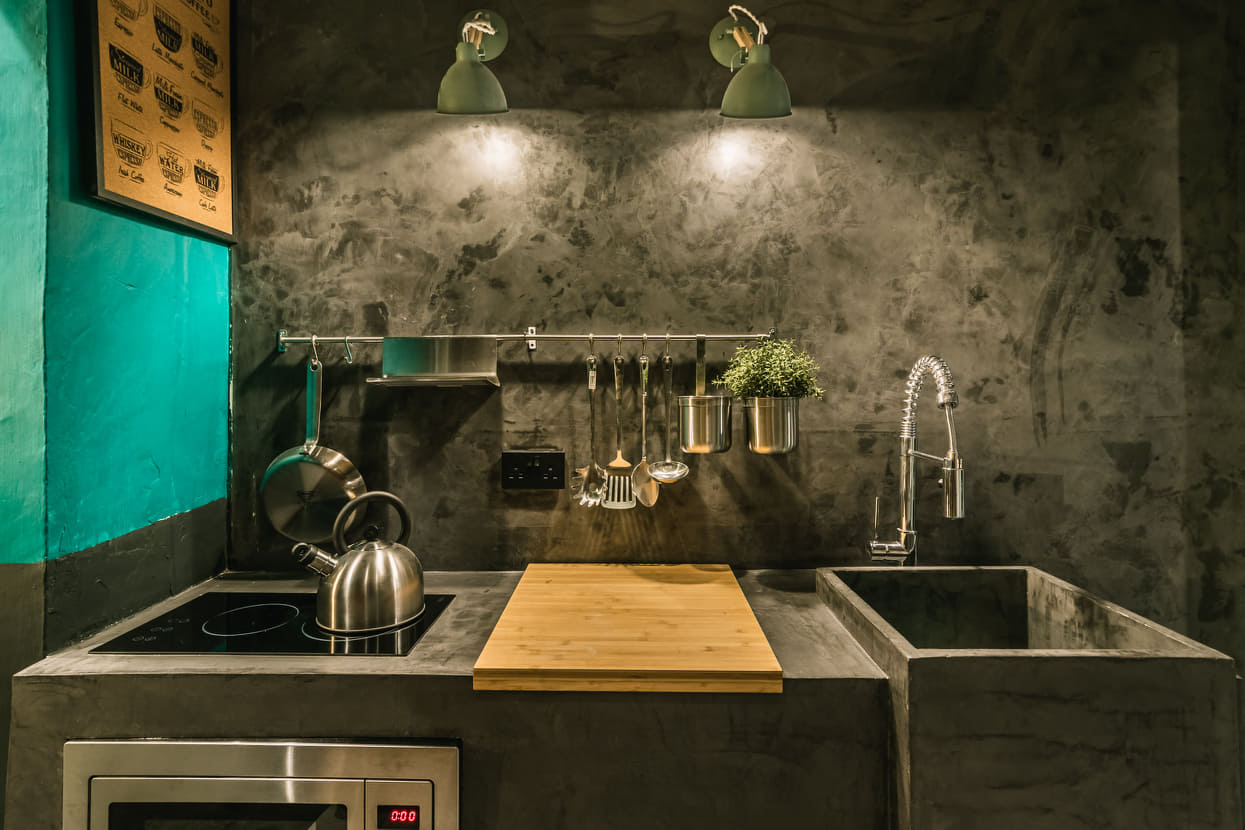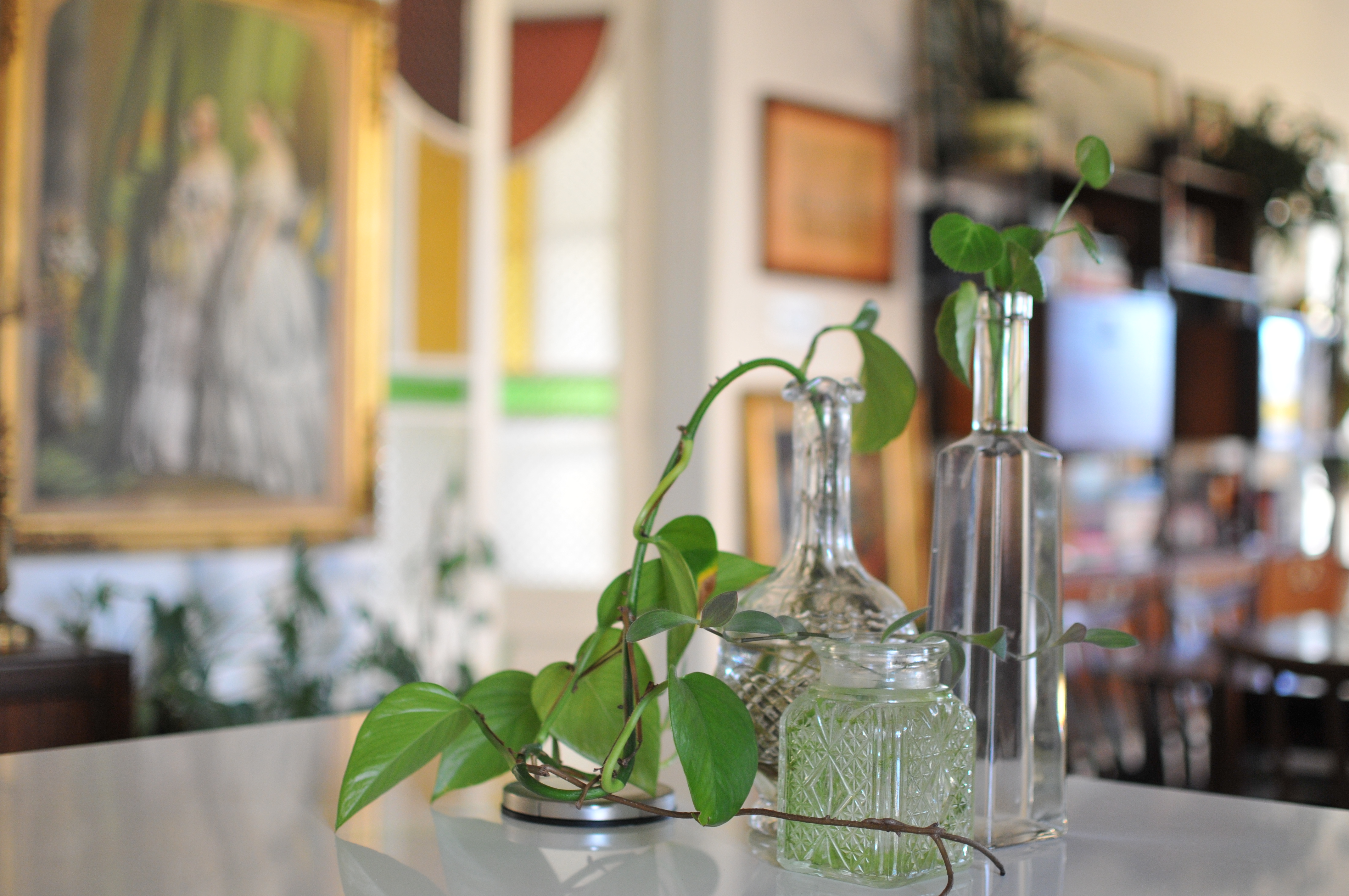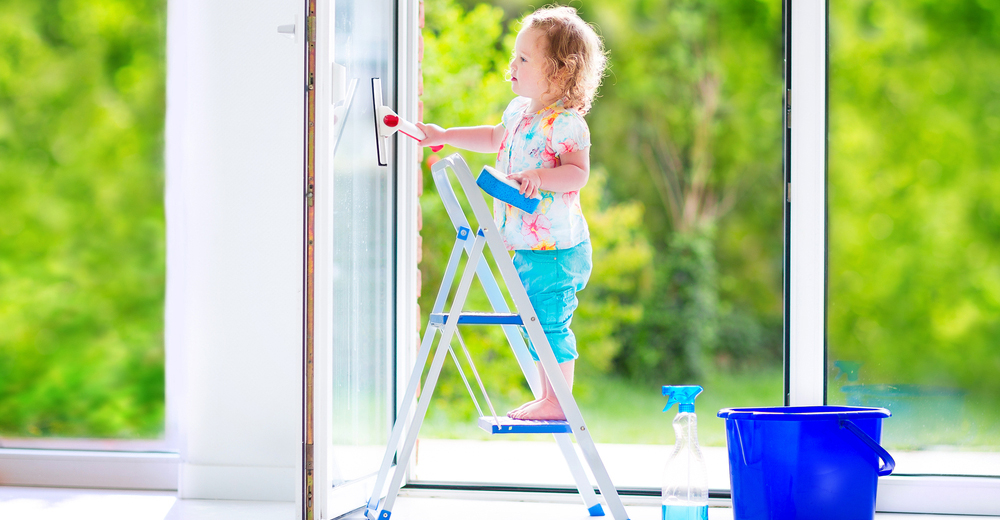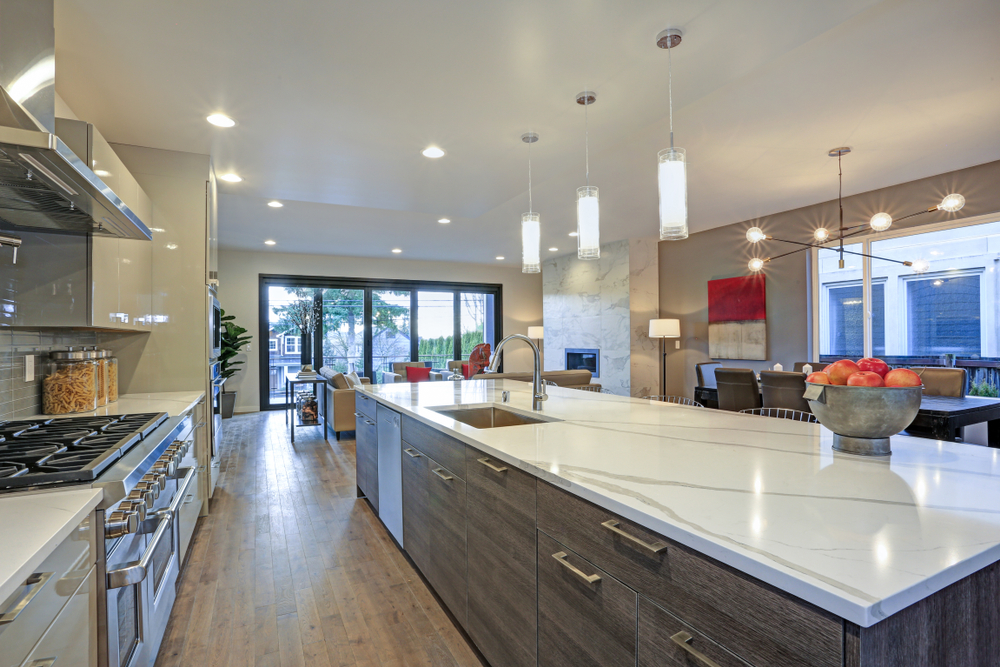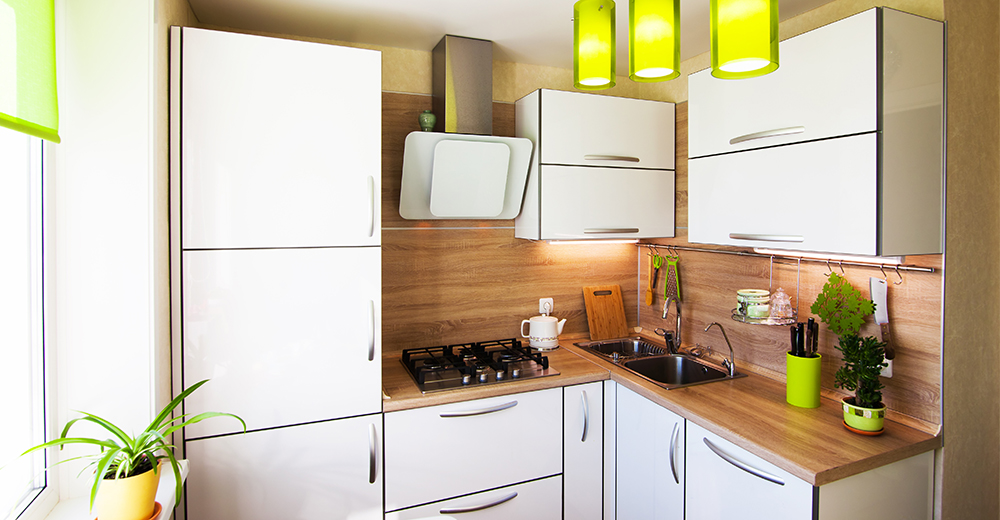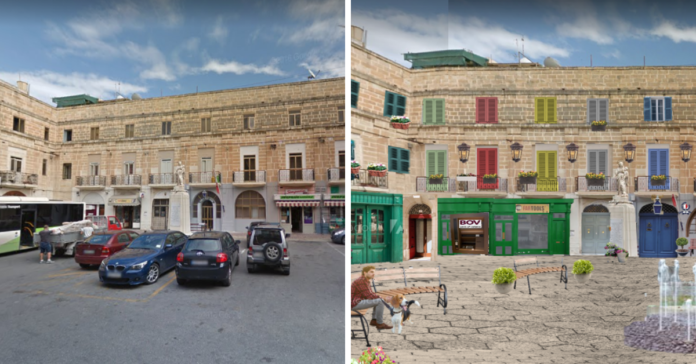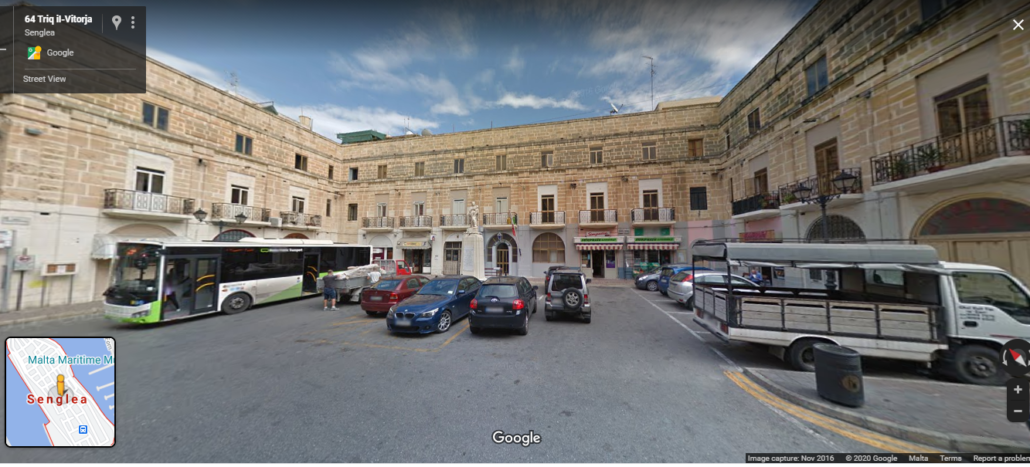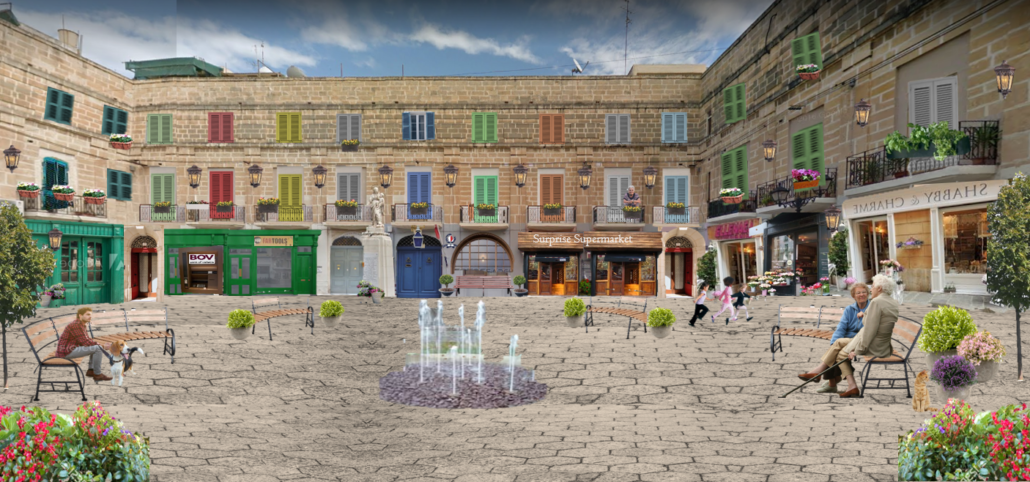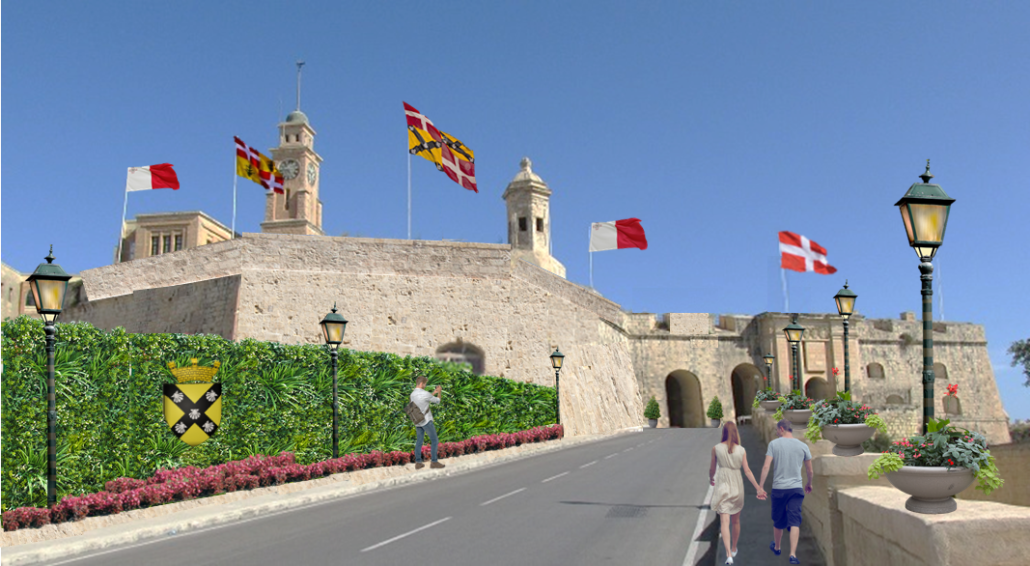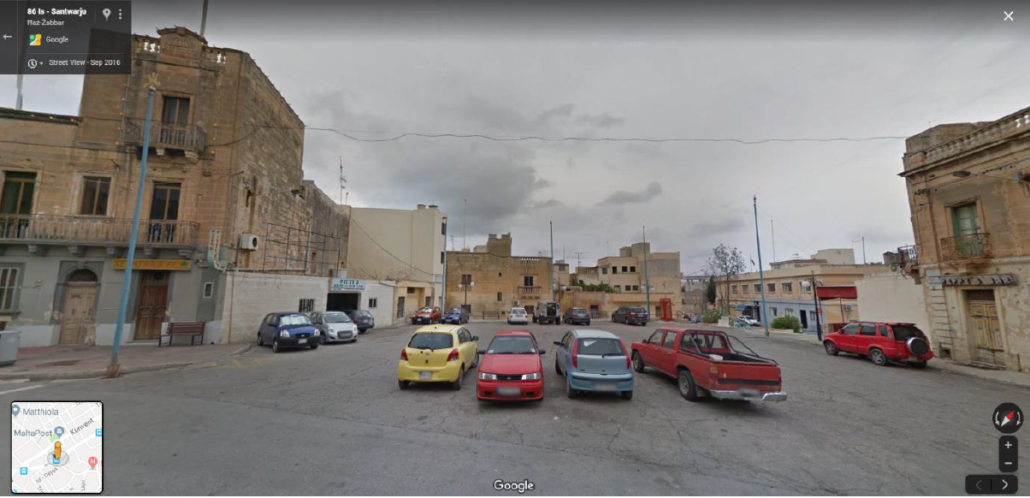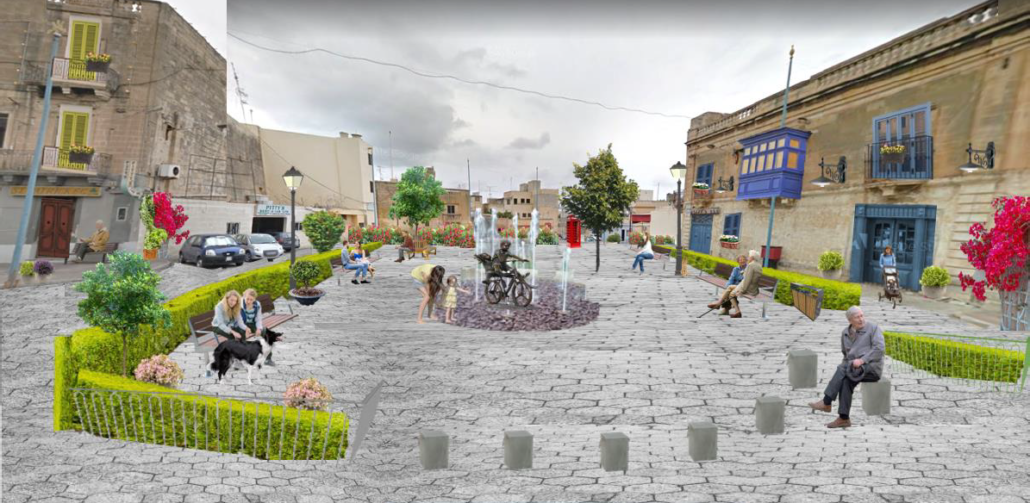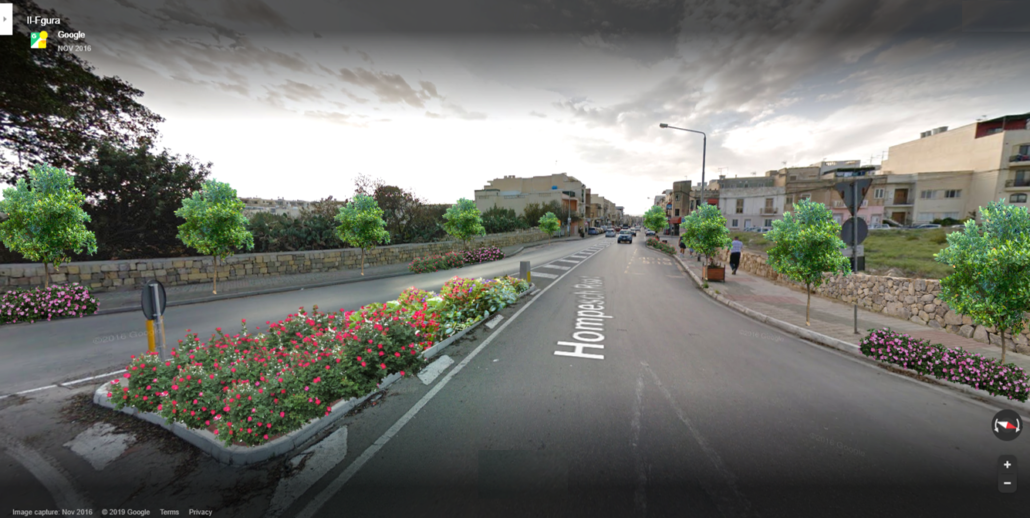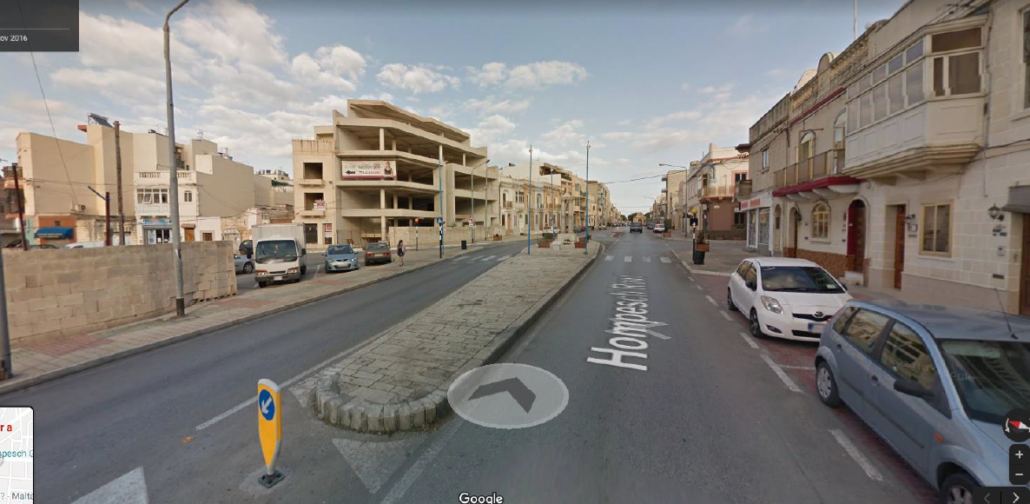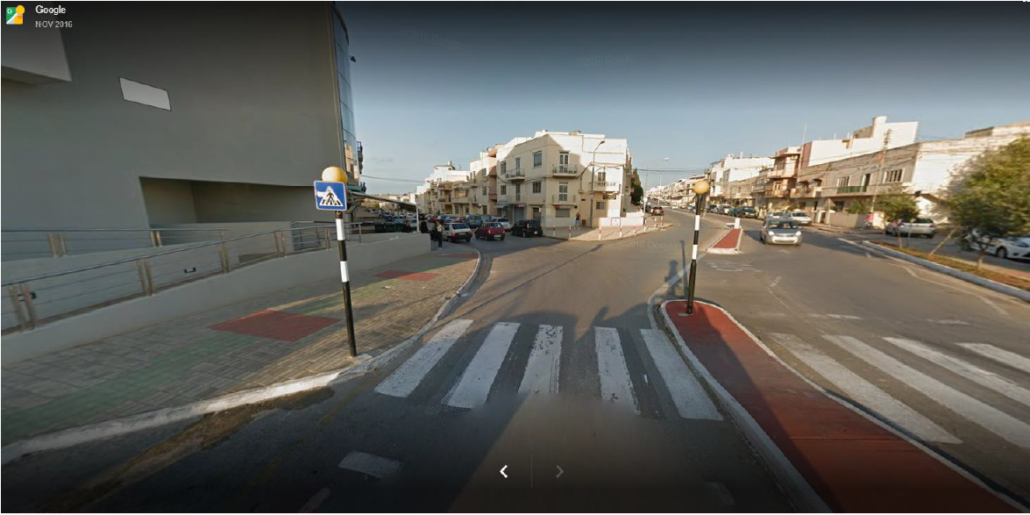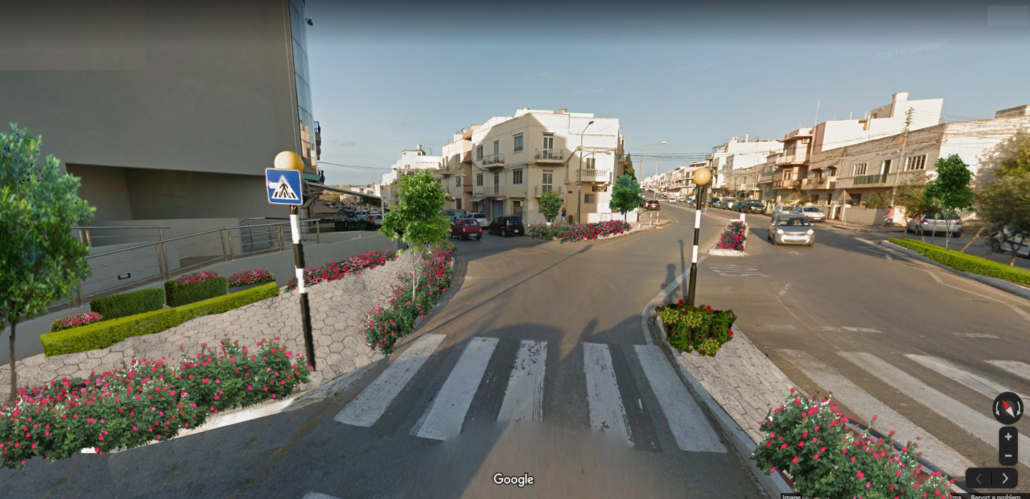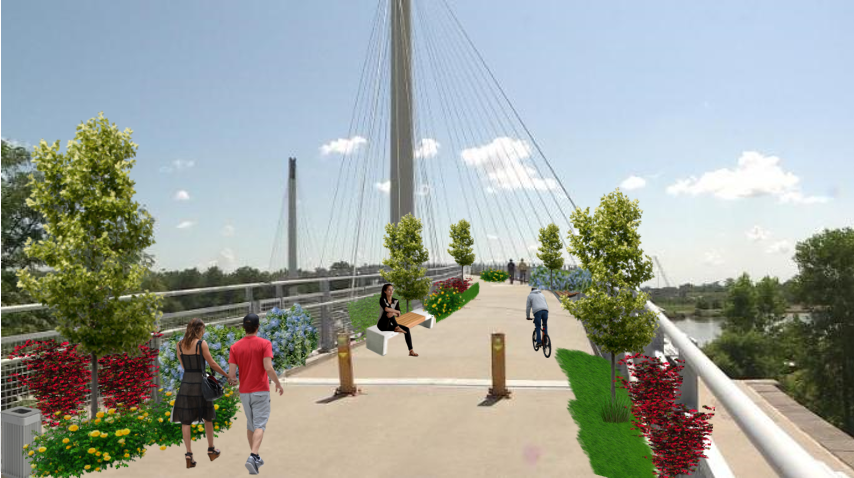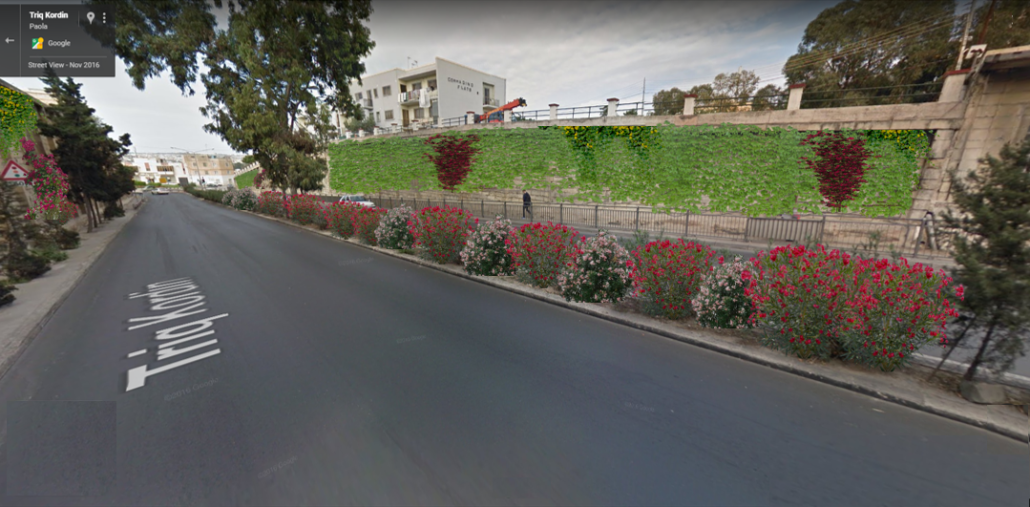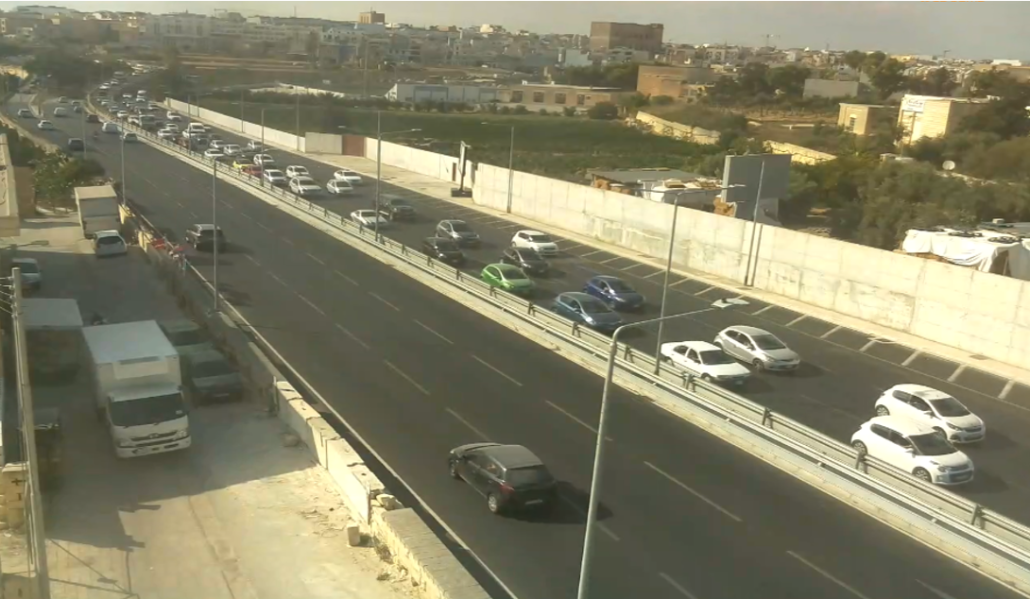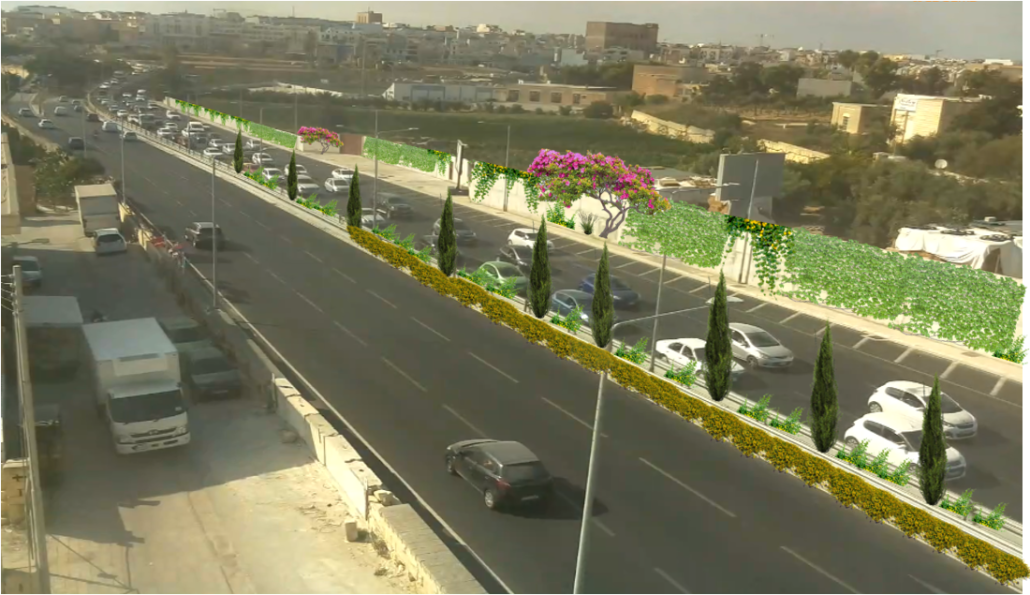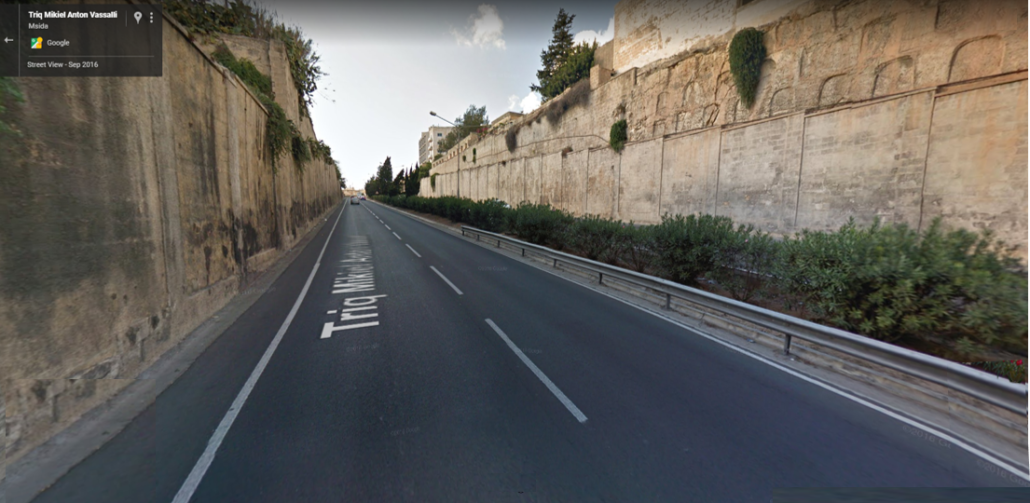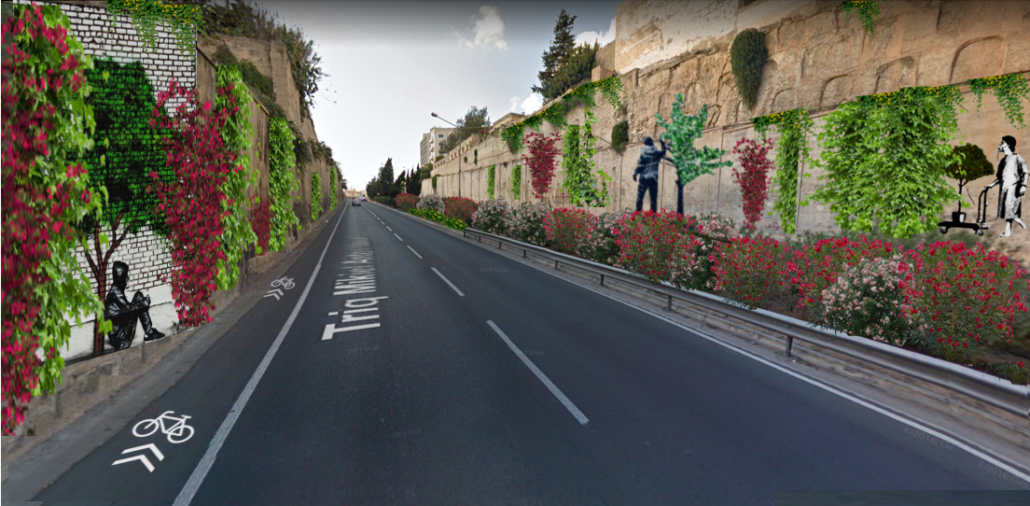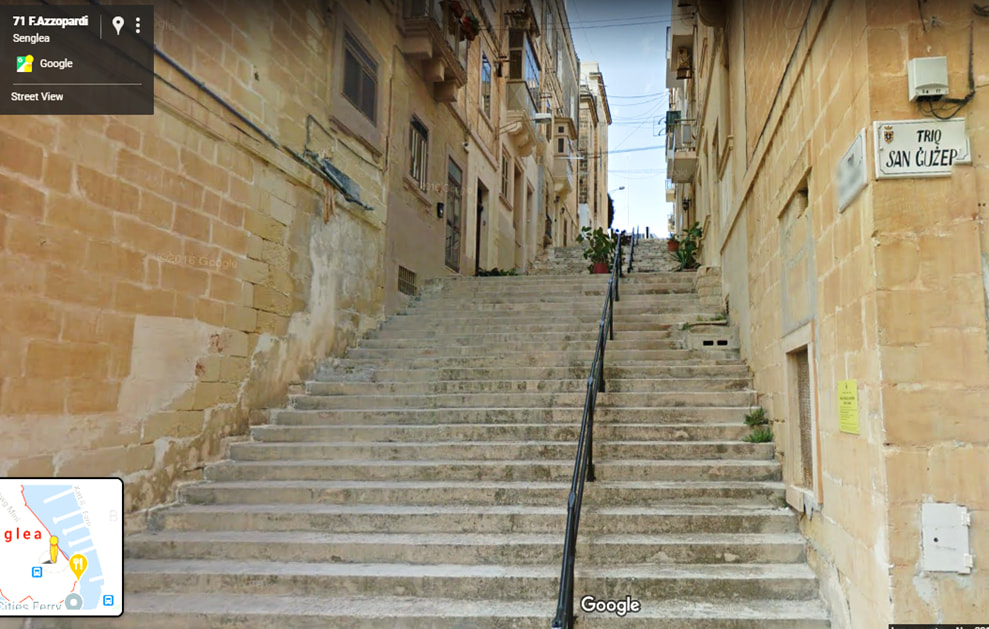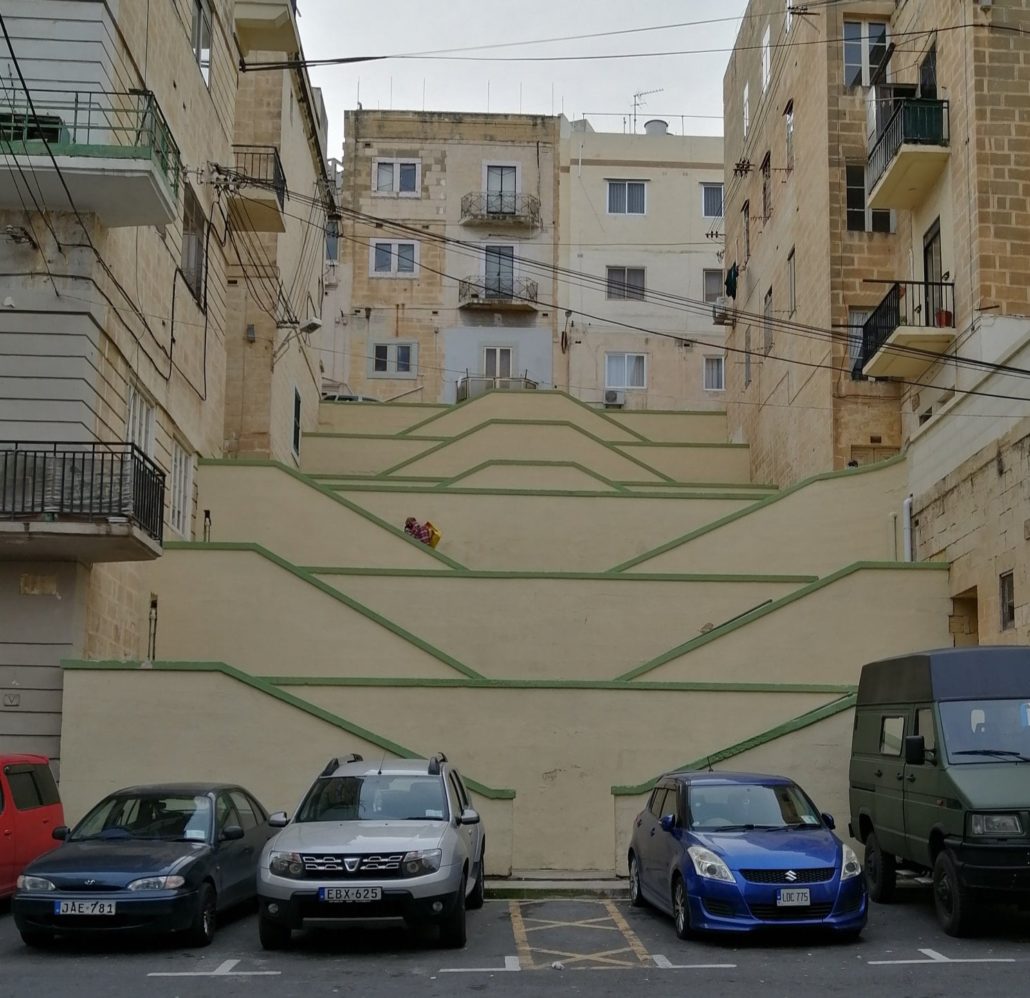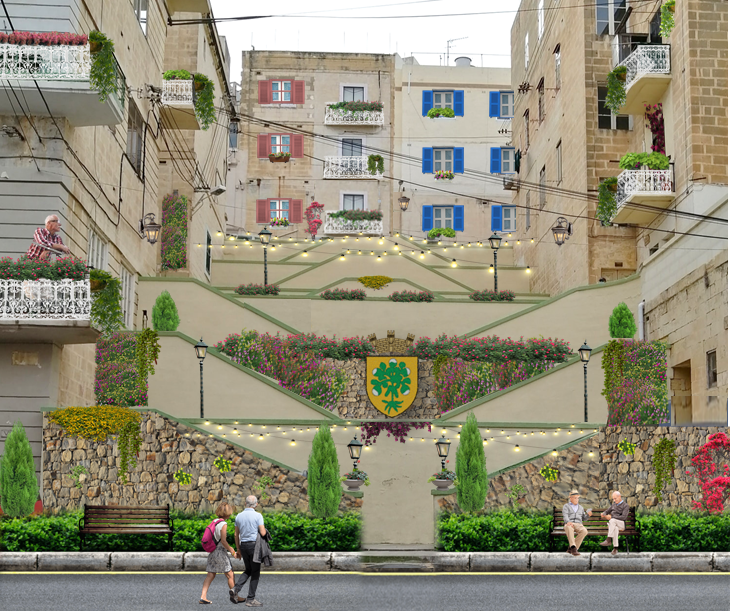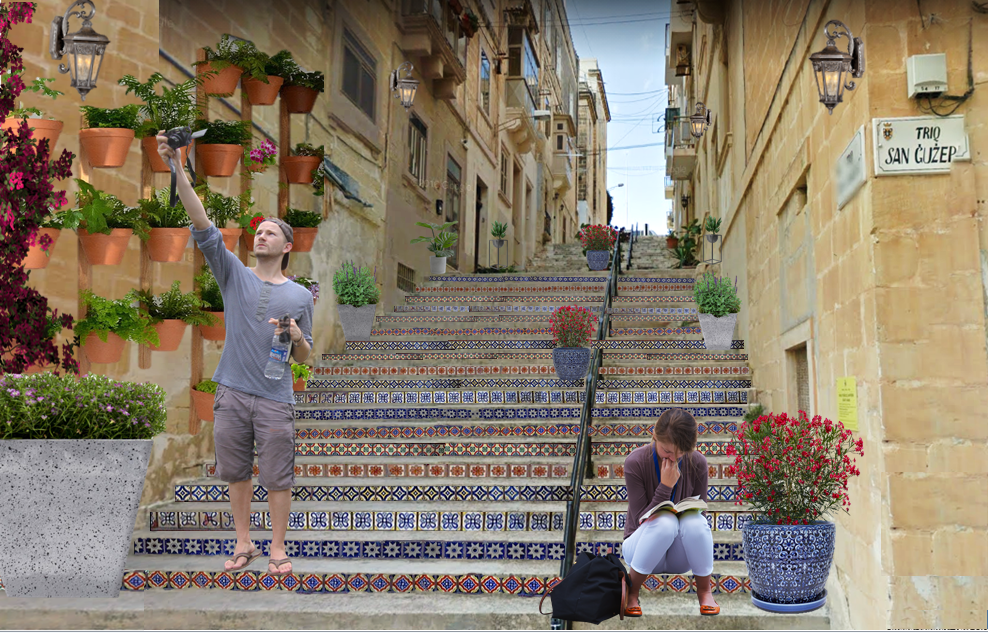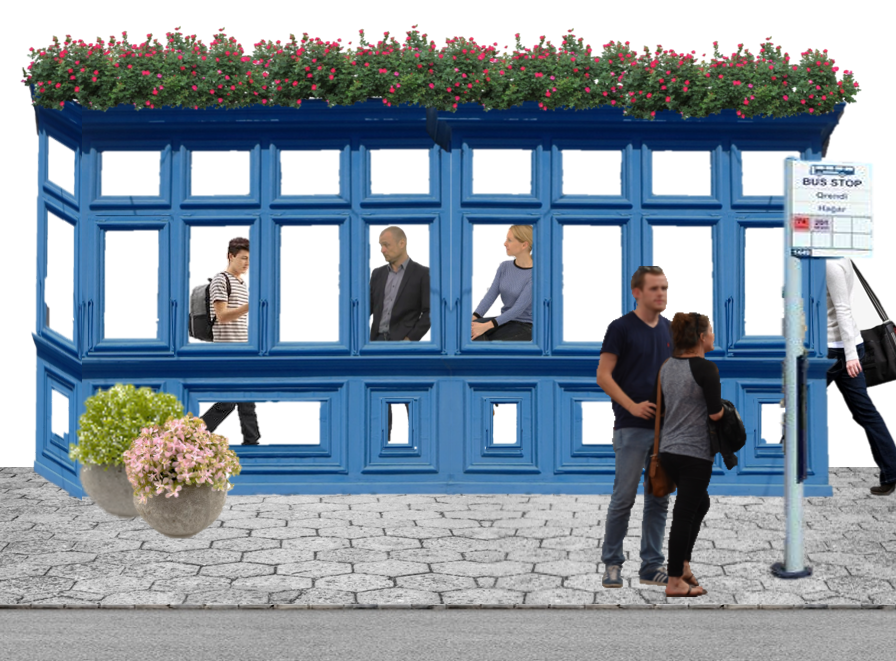“Detail is what separates the extraordinary from the ordinary.”
This has always been my motto when it comes to doing things. By details, I don’t refer to just colour choice, although that is certainly a part of the equation. To my mind, detail also goes beyond selecting the right placement of plants or trees or the textures chosen for the components, ‘detail’ to me, is a willingness to understand the history of a place, its peoples, the way the two interact with each other, and how to find the perfect balance between aesthetic beauty and function.
Many have asked me why I bother to come up with these visual concepts whereby I try to show people and authorities how specific niches and areas can have their potential explored and tapped into. And the answer is quite simple: I want people to ask ‘Why not?. I want members of society to shift their train of thought from an ‘Oh, it can’t be done’ or ‘It’s always been done that way’, to a ‘Why not?’ approach of critical thinking and reasoning.
Robert Kennedy had once famously said: “Some men see things as they are, and ask why. I dream of things that never were, and ask why not.” And I always ask ‘why not’? Why not do things differently? Why can’t we have more open spaces, green areas, beautiful niches and pockets where people can stop to admire present and modern history being merged into architecture, practicality in a greener and a more pleasant environment?
When it comes to the urban-green environment in our localities, there is a lot that can be done to make our villages and towns better for the residents to enjoy and to be proud of. I do not see the glass as half empty and ignore the other half which is full. Rather, I try to ponder on ways how I can extract the right opportunities to make the glass fuller, by making use of that half empty space. People have different learning abilities and different ways of understanding. But we have to admit that anything which is presented to us as a final result; it is something that we can all understand to appreciate. We can draw our own conclusions when we have a visual concept presented to us, rather than being explained in words. Through my visuals, I try to show people and authorities, how a dilapidated area or an area which can give more to the community, can be given a facelift with urban green infrastructures and further open spaces.
I clearly remember how my concept of turning a bus-station in Senglea into a full blown pedestrianized piazza with apertures and traditional facelifts to the surrounding buildings, a recessed water-fountain and planters, had gone viral on Facebook. People were finally able to see how an area which ‘has been always been that way’ could be turned into an opportunity for one to socialise and to enjoy one’s environment. The details separated the extraordinary from the ordinary.
Can they be done?
Well, that’s up to the authorities to find out through their own studies. I am no architect. Nor am I a designer. But just like an artist who looks at a blank canvas and would not rest until the artist brings out the idea which is begging to be expressed through the strokes of the artist’s brush strokes, so do the areas which I look at call me to highlight their potential. I do believe that by having a well-thought plan and obviously – the full support of the locals to keep projects as intact as possible for all to enjoy, we can create niches in Malta where we can tap into their potential to become places of interest to our visitors, but above all, to provide a greener and a richer quality of life through such embellishments.
FROM THE HOUSE(.MT)
We asked Steve to share his thoughts with us after we stumbled upon his transformations. A picture can speak a thousand words, and we believe Steve’s designs are a powerful reminder of just how easily we can beautify the island. Remember: Sharing these ideas – whether in the form of pictures or words (ideally both) – with our elected representatives can go a long way to making these changes happen. One last note: We 100% believe that the transformations illustrated above are not only feasible but would be an investment to Malta’s economy.
Show Steve your support by following his Facebook page!
Click here to go to Steve’s Facebook page.

